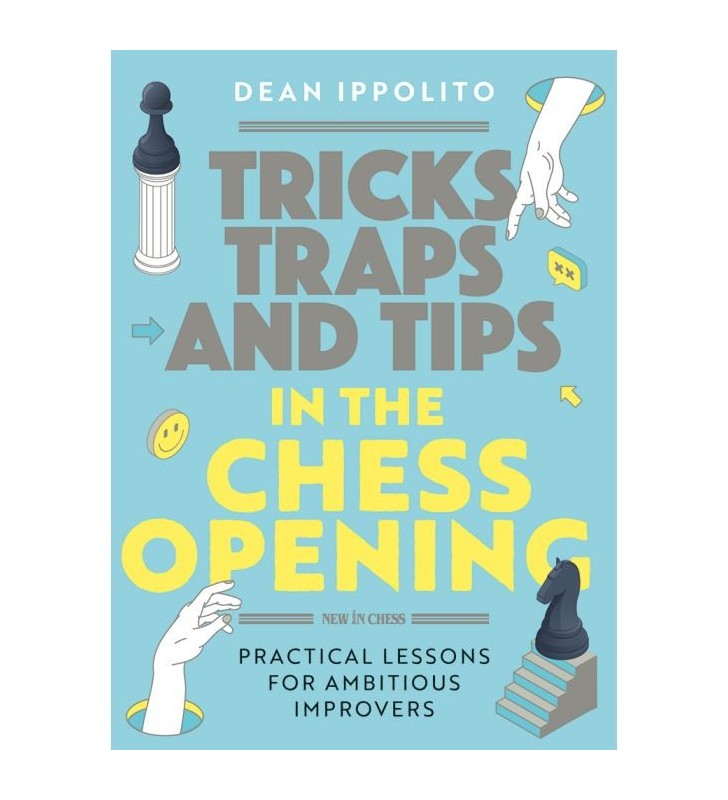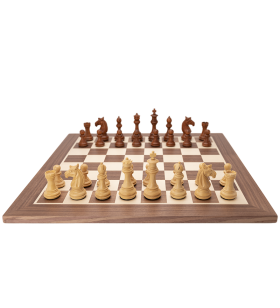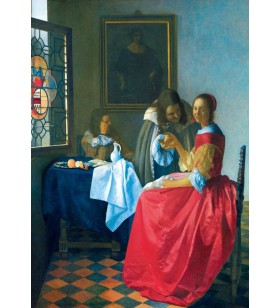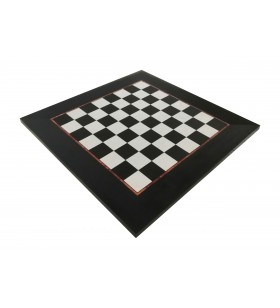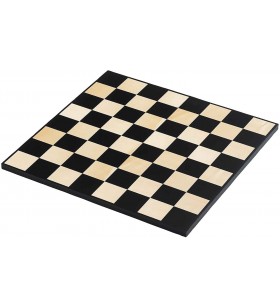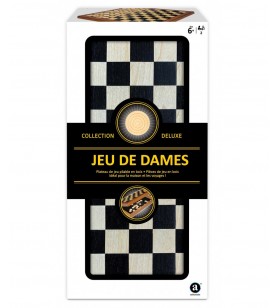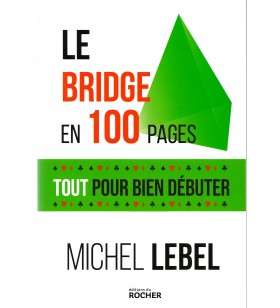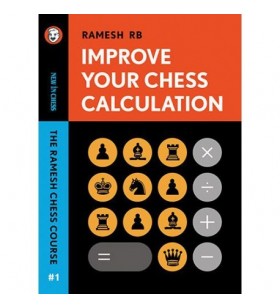- SCHAAK
- DENKSPELLEN
- GO
- BRIDGE, TAROT & KAARTEN
- POKER & CASINO
- PUZZLES & BRAINBREKERS
- DARTS
Ippolito - Tricks traps and tips in the chess opening
 Livraison sous 48 heures via Bpost*
Livraison sous 48 heures via Bpost*
Gratis levering vanaf €69 (België, Frankrijk, Nederland, Luxemburg, Duitsland)
 U kunt uw bestelling annuleren
U kunt uw bestelling annuleren
Veertien dagen lang!
 Beveiligde betalingen
Beveiligde betalingen
Alle betaalkaarten geaccepteerd.
Specifieke referenties
16 ander product
Schaak Set Meghdoot
This set of pieces in acaciawood have a slightly raised base which creates the impression of 'floating' on the chess board.A truly classic looking Staunton influenced chess piece collection that does not compromise on quality. Size of king is 8,2 cm. Wel weighted and felted. We propose a classical walnut chessboard of 45 cm for this set of pieces.
Toramaru - Joseki Revolution
In Joseki Revolution, Shibano focuses on local exchanges, in contrast to the predominantly whole-board focus on fuseki strategy of his previous book, Fuseki Revolution. Even so, Shibano's analysis always maintains a global view, as the basic nature of go is such that without whole-board judgement, there is no local judgement. Even when you are evaluating a joseki in a corner, a whole-board viewpoint is always essential.
Of particular interest in Joseki Revolution is his treatment of the taisha, the avalanche, and the magic-sword josekis. Shibano shows how, thanks to AI, these extremely complicated josekis have been "swamped in a wave of simplification."
In Chapter 3 Shibano discusses the merits and demerits of the four corner enclosures based on the 3-4 point. He investigates the reason why the small-knight enclosure has declined in popularity and why the previously shunned two-space enclosure has become so popular.
The book consists of 35 themes divided into four chapters as follows:
Chapter 1. Changes in basic josekis
Chapter 2. The transformation in opening strategies
Chapter 3. Up-to-date information about corner structures
Chapter 4. Looking at the most up-to-date josekis
In an appendix, Shibano examines some unconventional moyo-oriented fuseki strategies and gives some advice on how to handle these large-scale moyos. The appendix also contains a section on the revival of the high Chinese Opening and explains why this opening strategy is strategically sound.
Echiquier Loupe Erable 55 cm
Top-of-the-range 55 cm chessboard with 55 mm squares.
Handcrafted in Italy from maple.
The high-gloss finish enhances the design and natural colours of the wood.
Perfect with our Supreme Staunton model in ebony.
KATO - The Chinese Opening, 145 p.
Moins radicale que le sanren-sei, l'ouverture chinoise a conquis en relativement peu de temps une grande popularité. Avec ce livre, vous n'ignorerez plus grand chose à son sujet.
Stoel op stoel
Wie zal het hem lukken om zijn stoel bovenop de stoelentoren te leggen zonder één ervan te laten vallen? Wie heeft er stalen zenuwen? Want voor elk stoel dat valt, krijgt men één punt. En wie de minste punten heeft, wint! Een leuk vaardigheidsspel en fun voor de hele familie.
Klanten die dit product aangeschaft hebben kochten ook...
Giddins - The Most Exciting Chess Game Ever
Twenty years ago, New In Chess magazine started its own Proust Questionnaire, entitled Just Checking. In this back page column, chess players and personalities named their favourites, preferences, moods, life mottos and whatnot. One of the questions has always been: What was the most exciting chess game you ever saw?
Chess greats such as Anand, Shirov and Ivanchuk (and probably any other top player you can think of), authors and commentators such as Jeremy Silman, Jennifer Shahade, and Tania Sachdev nominated memorable games. This anthology presents the 45 most exciting of these most exciting games.
Besides inevitable ‘usual suspects’ like Kasparov-Topalov (Wijk aan Zee 1999) or the ‘Immortal’ Anderssen-Kieseritzky (London 1851), you’ll be treated to a wide variety of lesser-known gems. You’ll see Ding Liren revelling in an all-out attack, Ivan Saric juggling a knight and five pawns versus two rooks, and Sergei Radchenko chasing the white king all over the board.
Every game is a showcase of the richness and resourcefulness of chess.
Steve Giddins edited this selection, a job he immensely enjoyed: ‘I hope that every reader will find games here which bring a smile to their face and a lift to their heart’.

 Français
Français Nederlands
Nederlands English
English